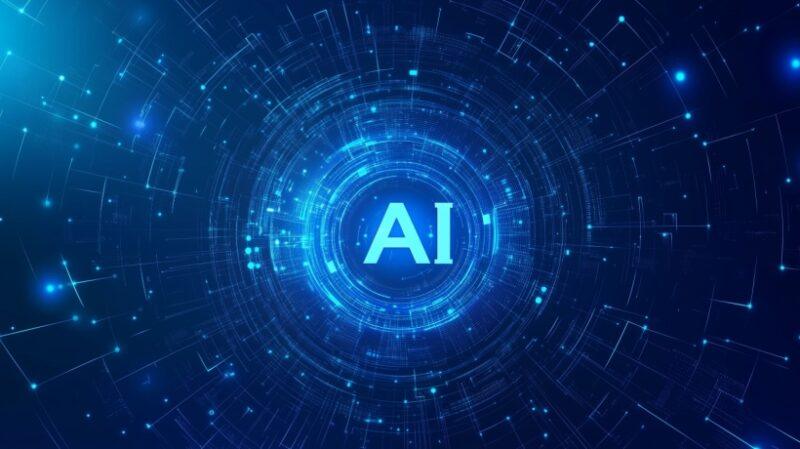
How AI Personalizes Learning Experiences
Imagine a teacher who knows exactly how you learn best, a teacher who constantly knows the next steps to adjust lessons based on your progress and helps you succeed. Thanks to artificial intelligence (AI), this vision is becoming a reality. Since 2025, AI has restructured education and made learning more personal, flexible and effective than ever.
Today’s students look forward to personalising in every aspect of life, from film recommendations to online shopping. Education is no exception. AI provides a way to meet these expectations and helps learners engage in their abilities, motivate them, and feel confident. As we continue to adopt technology in our classrooms and corporate training programs, understanding how AI supports personalized learning is essential to shaping the future of education. In this article, we explore how AI is transforming personalized learning, the technologies that drive it, the benefits and challenges involved, and what the future holds.
What is personalized learning?
Personalized learning means adjusting your education to meet each student’s unique needs, strengths and interests. Instead of providing the same lessons to all learners, educators now aim to tailor teaching methods, pacing and content to suit individual students. As technology evolves rapidly, students today expect that education will feel as customized as their favorite apps and streaming services.
How AI supports personalized learning
Adaptive learning system
An AI-driven adaptation system coordinates lessons based on student performance. If learners are struggling with the topic, the system provides additional support or practice. Platforms like Duolingo and Coursera are already using adaptive learning to help students stay motivated and successful.
Intelligent individualized instruction system
The AI Tutor System works like a virtual personal tutor. They observe how students work, provide tips, make the right mistakes, and recommend new tasks. These tools create a dynamic environment where support is always available and help learners build self-confidence and skills independently.
Predictive learning path
By analyzing student past activities, AI can predict where there are potential challenges. We recommend personalized next steps and help students move forward efficiently without being overwhelmed.
AI-equipped mind mapping tool
Mind mapping is a visual technique that helps you organize and connect ideas. Today, AI-powered mind mapping tools take a step further by automatically converting content from textbooks, articles, notes, or full PDFs into clear mind maps. These tools help learners look at the big picture, find knowledge gaps, and create customized learning plans. This type of visual learning supports better memory, deeper understanding, and more engaging learning experiences.
The key AI technology behind personalized learning
Machine Learning
Machine learning allows AI systems to “learn” from student data and improve recommendations over time. The more students interact with each other, the more accurate and useful AI will become.
Natural Language Processing (NLP)
NLP allows AI to understand human language, run chatbots, understand writing assistants, virtual tutors. This technology makes it easier for students to ask questions, receive feedback and practice their communication skills.
Recommended systems
Just as Netflix proposes shows, AI in Education proposes courses, activities, or materials based on students’ interests, behaviors and needs. This will continue to provide relevant and exciting learning.
Benefits of AI-powered personalized learning
Greater engagement
Lessons adapt to student interests and encourage motivation and focus. Retention improvements
Personalized paths and visual tools like mind maps make it easier to understand and remember concepts. Time efficiency
Teachers save time on daily tasks, and students learn more efficiently. Supporting a variety of learning styles
Whether you are a visual, auditory or practical learner, AI can cater to many learning preferences.
Issues to consider
Data Privacy and Security
Personalized learning relies heavily on data. Schools and developers should prioritize keeping students’ personal information safe and secure.
Biasing of AI systems
AI can strengthen existing biases when learning from biased data. Continuous evaluation is required to ensure that recommendations are fair and comprehensive.
Maintain human connection
AI offers many benefits, but it cannot replace the emotional support, creativity and instruction provided by human teachers. It remains important to find the right balance between technology and human interaction.
See what’s next: The future of personalized learning
The future of AI in education looks promising. We can expect:
A highly personalized AI tutor
A system that adapts to students’ emotions and study habits. Emotion detection
AI that allows you to feel frustrated or excited and adapt the lesson accordingly. ai + Virtual Reality (VR)
A highly immersive and customized learning experience in a virtual environment. Lifelong Adaptive Learning
AI supports education at every stage of life, from early schools to career development.
Conclusion
AI is transforming personalized learning by making education smarter, more flexible and more engaging. As we move forward to 2025 and beyond, embracing AI can create opportunities for both students, educators and lifelong learners. Combining the power of technology with the human touch of teachers can build a future where all learners have the opportunity to succeed.
Mind Map AI
MindMap AI is an AI-driven tool that generates mind maps from a variety of inputs, enhancing brainstorming and organization. It offers flexible pricing plans for a variety of user needs.


